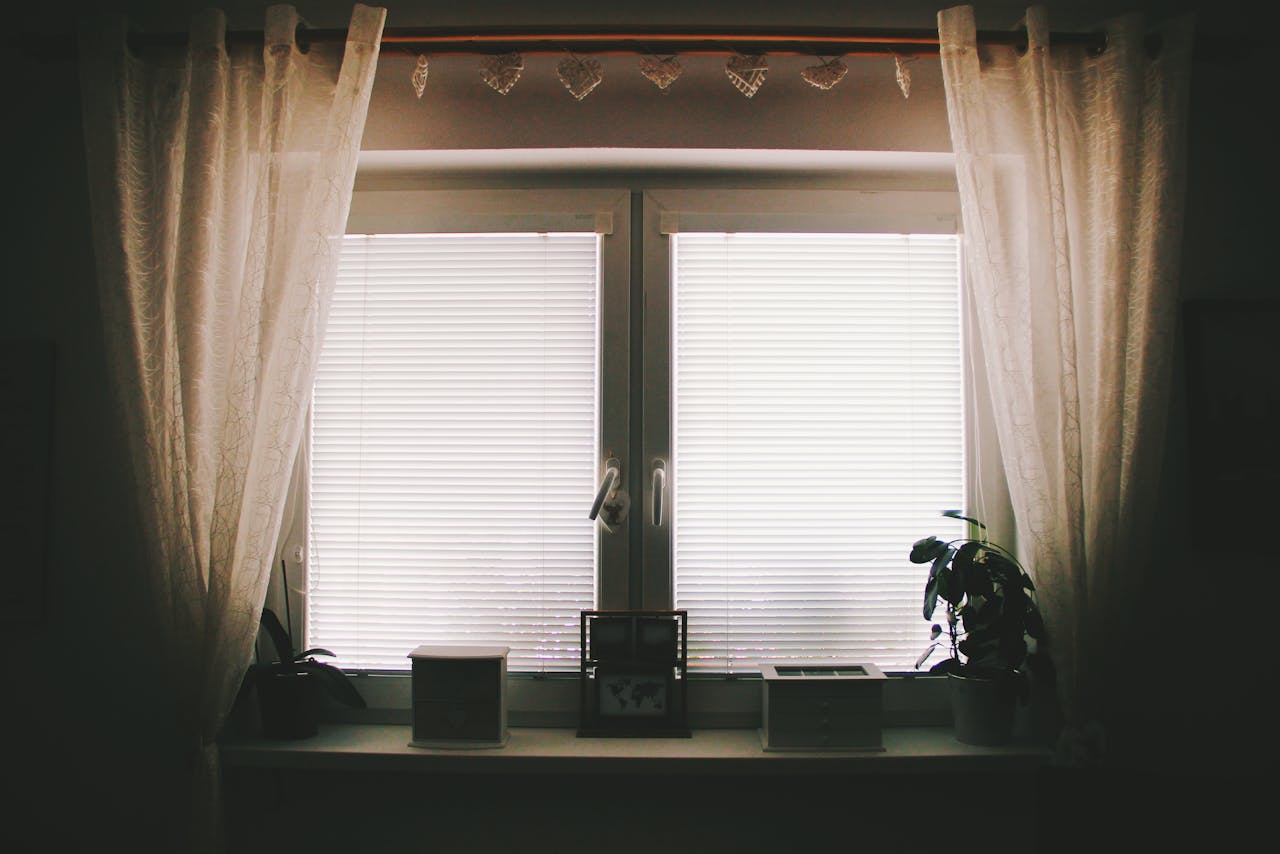
Key Takeaways
- Assess the unique function and style needs of each room before making a decision.
- Material selection, maintenance, and layered styles have a significant impact on the performance and appearance of window treatments.
- Integrating smart technology and seeking professional advice can ensure optimal results for every space in your home.
Selecting the right window coverings can dramatically influence the look and feel of any living space. Beyond aesthetics, window treatments impact privacy, light control, and energy efficiency, making them an essential part of home design. When considering options, it’s important to evaluate the function of each room, the style of existing furnishings, and the amount of natural light that enters. Simple choices, such as curtains, blinds, or shades, can create a cozy atmosphere, while layered treatments add depth and texture to the space. Color, pattern, and material should also be considered to ensure the space feels harmonious and inviting.
For homeowners seeking both quality and versatility, exploring local options can be a helpful step. For example, stores offering Hunter Douglas in Thornton, CO, provide a wide variety of styles and finishes suitable for different rooms and design preferences. Consulting with experts in these locations can inform decisions, ensuring that the chosen treatments strike a balance between style, practicality, and comfort.
Understanding Room Requirements
No two rooms in a home are quite alike, and your window treatments should respond to each room’s individual purpose. In bedrooms, blackout curtains or cellular shades are ideal for blocking light and enhancing sleep quality. Living rooms, on the other hand, benefit from stylish drapes or elegant wooden blinds that provide both privacy and adjustable light. Kitchens and bathrooms require moisture-resistant and easy-to-clean options, such as faux wood blinds or aluminum mini-blinds, for a balance of durability and convenience.
Consider the sun’s path and privacy needs when selecting coverings, as well as how each room is used at different times of the day. South-facing windows may call for UV-filtering shades to protect furniture, while east- or west-facing windows can benefit from adjustable slats or double-layered treatments to control glare. This attention to detail helps ensure year-round comfort and energy efficiency throughout your home.
Popular Window Treatment Options
Window treatments have evolved beyond the basics, allowing you to infuse any room with personality while tailoring functionality. The most widely used types include:
- Blinds: Hard materials such as real wood, faux wood, vinyl, or aluminum come in various slat sizes. Blinds can be tilted to direct light or closed for privacy, making them an adaptable choice for many rooms.
- Shades: These include options like Roman, roller, and cellular shades. Made of fabric or other soft materials, they offer a streamlined appearance and an array of colors or patterns to personalize your space.
- Drapes and Curtains: Offering unmatched elegance and the ability to layer, drapes elevate any room’s visual impact. Heavier fabrics provide insulation and privacy, while sheers soften harsh daylight.
- Shutters: Durable, timeless, and easy to maintain, shutters can be custom-fitted for any window and adjusted according to light and privacy needs.
Layering for Functionality and Style
Layered window treatments are a growing trend in home design, and with good reason. By combining sheers, blinds, and heavy drapes, you achieve better light control and depth while also fostering a sense of luxury and comfort. The right combination can quickly transition a room from bright and open to cozy and private. For example, a living room dressed with sheer panels under patterned drapes creates visual movement, allowing you to adapt the space for different activities and moods.
Material Selection and Maintenance
Your choice of materials impacts not only style but also performance and care requirements. High-humidity rooms benefit from vinyl, faux wood, or aluminum, while luxurious spaces like dining rooms or formal living areas can showcase silk or velvet drapes. When children or pets are present, opt for sturdy, easy-to-clean options that are safe and durable. Some fabric treatments may need periodic professional cleaning, but many modern shades and blinds are simple to wipe down or vacuum, making everyday maintenance a breeze. Always check the manufacturer’s recommendations when evaluating a material’s suitability for your space.
Incorporating Smart Technology
Today’s window treatments are smarter than ever, thanks to innovations in automation and connectivity. Motorized blinds and shades can be programmed to open or close with a remote control, timer, or smartphone app, which is particularly helpful for hard-to-reach or large windows. Smart systems can be integrated with home automation platforms, allowing you to set schedules that prioritize energy efficiency, privacy, and convenience.
Seeking Professional Consultation
While there are many excellent DIY resources, working with a professional window treatment specialist can bring expert insight into your design and technical needs. Professionals guide you through measurements, product selection, installation, and even maintenance plans, making sure every detail is tailored to your home and lifestyle. They can also introduce you to the latest materials, technologies, and design trends, ensuring your window treatmentsare as functional as they are beautiful.
Final Thoughts
Choosing the right window treatments becomes much simpler when you focus on each room’s purpose, design needs, and lighting conditions. By considering material durability, layering options, and available smart features, you can create a cohesive look that enhances both comfort and efficiency. With thoughtful planning and a clear understanding of your home’s unique demands, selecting window coverings becomes a smooth and rewarding part of the design






